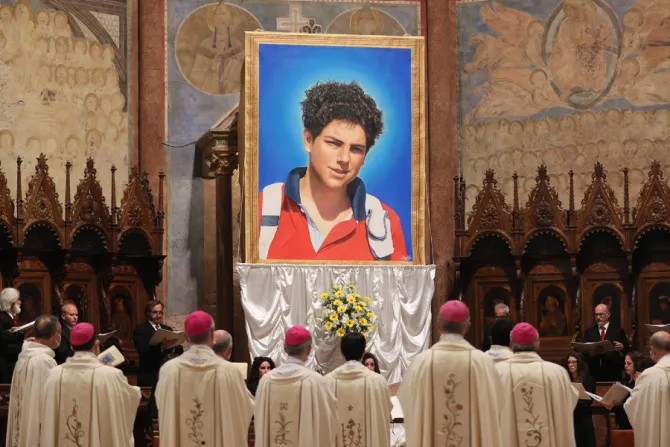- The catholic church provides an opportunity for all to partake in the sainthood-share, anyone can become a saint, that is, after death.
- But there are rules to the process, not just anyone gets canonized. A thorough study of one's life is done to ensure qualifications are met.
It is the desire of most mortals to live-on in the memories of those they touched in their life journey. One way to achieve this is through canonization, but what does it take to be counted as one in the assembly of saints?
The catholic church provides an opportunity for all to partake in the sainthood-share, anyone can become a saint, that is, after death. There are over 10,000 saints recognized by the Catholic Church, though most of their stories and names have been lost to history.
After one has died, a grace period of five years is usually given to allow for grief and emotions associated with the death process. This step can, however, be skipped following waiver from the pope. Though sainthood is open to all, there are rules one has to follow while still alive.
Living a principled life in accordance with the teachings of the church, encircling the virtues of Charity, Faith, and Hope, performing miracles in a lifetime, and/or being martyred in the name of religion are some of the qualifiers for beatification, the first step to Canonization.
The first official step to sainthood entails a formal request, explaining a candidate's devoted life, to a special Vatican tribunal for consideration. If the candidate meets the requirements, they are officially recognized as a Servant Of God.
Read More
What follows is a study of the person’s life and writings by a congregation of Cardinals, Archbishops, Theologians, etc, to ensure they correspond with the Church’s teachings. Four Cardinal virtues, among them Temperance, Justice, Prudence and Fortitude, and three theological virtues, Faith, Hope and Charity, must be possessed by the candidate for them to be declared venerable.
For candidates persecuted for their faith, beatification follows without further investigation, allowing them to become local saints worthy of worship in their regions. If not martyred, the candidate must be responsible for a verified miracle after death.
Miracles include Healing, Liquefaction (where their body liquefies on each anniversary of their death), Incorruptibility (where their body does not decay), and Odour of Sanctity (where their body expels a sweet odour).
Canonization then occurs through an official Papal decree that the beatified is holy and in heaven with God. This is usually done during a special mass in honour of the new saint.
After Canonization, the saint is added to the catalogue, invoked in prayers, their relics enclosed in vessels and publicly honoured, and their images made with a Halo above their head.
Saints awaiting Canonization include Carlo Acutis, an Italian teenager who died of Leukemia in 2006 at age 15, earning the nickname ‘God’s influencer’ for his computer evangelization. Acutis is set to become the first Millenial saint after Pope Francis recognized a second miracle attributed to him, clearing his journey to Canonization.












